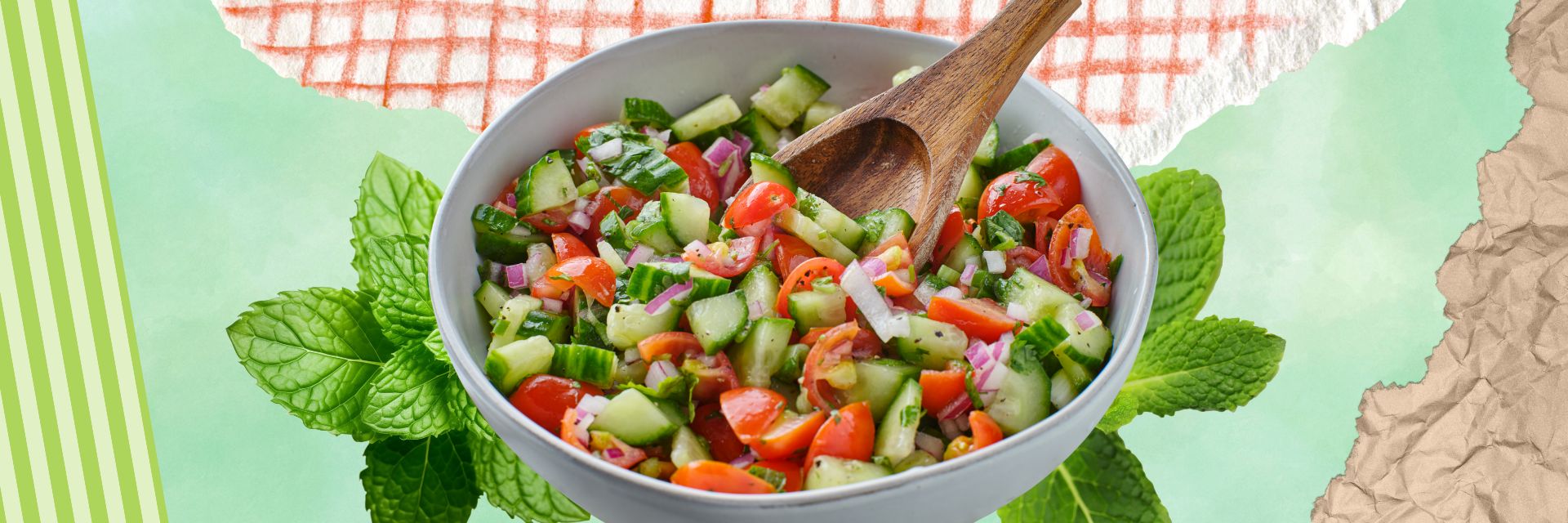Knowledge
-
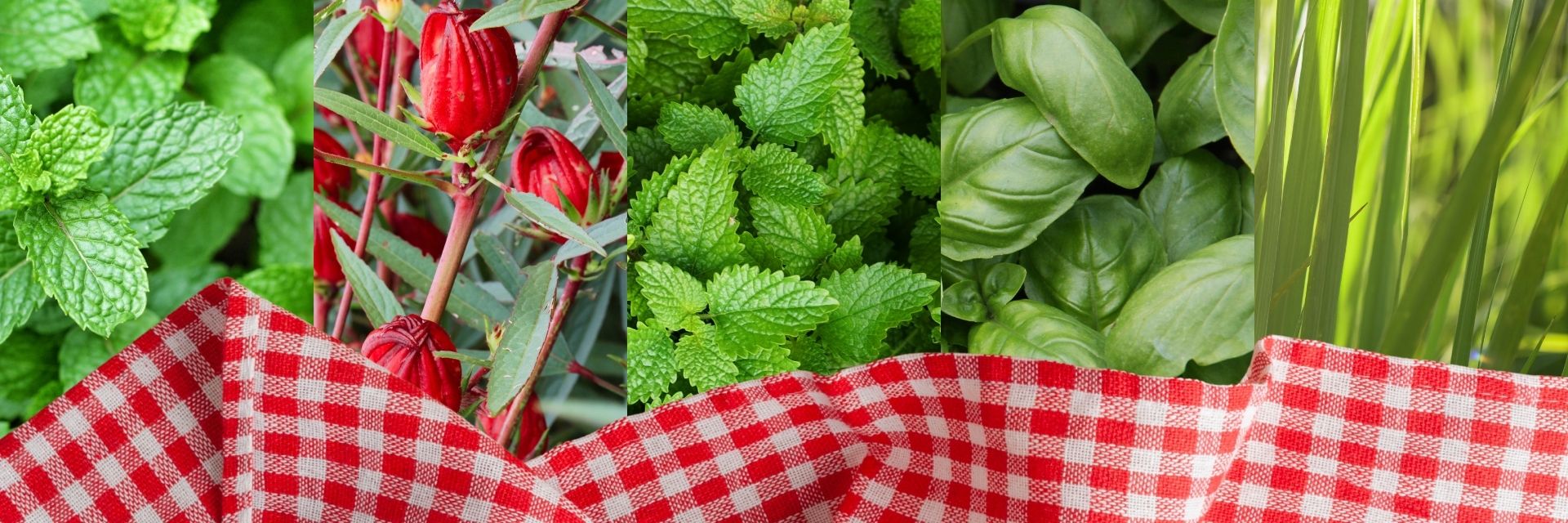 Read more: Five Cooling Herbs for Summer
Read more: Five Cooling Herbs for SummerHerbs that thrive in Summer weather and help you manage the heat.
-
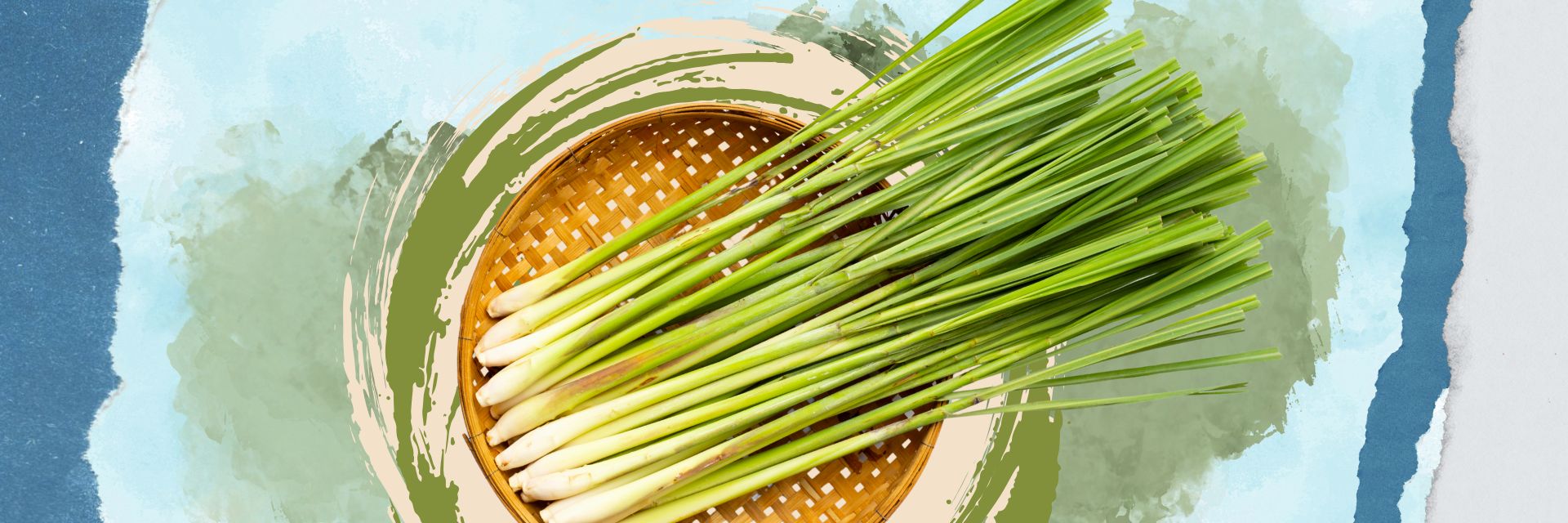 Read more: Lemongrass Herbal Bath Soak
Read more: Lemongrass Herbal Bath SoakLemongrass helps ease stress, support sleep, and promote relaxation. In baths, lemongrass can act as a powerful remedy for alleviating sore muscles.
-
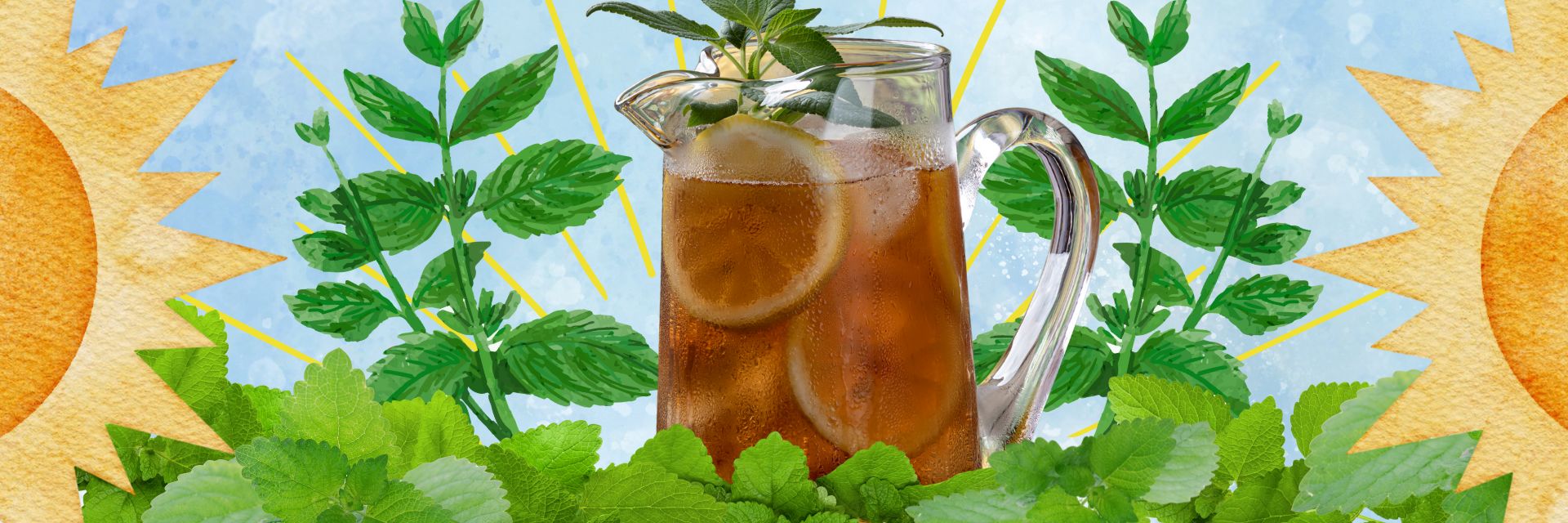 Read more: Lemon Balm Sun Tea
Read more: Lemon Balm Sun TeaLemon balm also has a calming effect on the nervous system. Sun tea is a great way to gently extract this herb ally’s beneficial compounds.
-
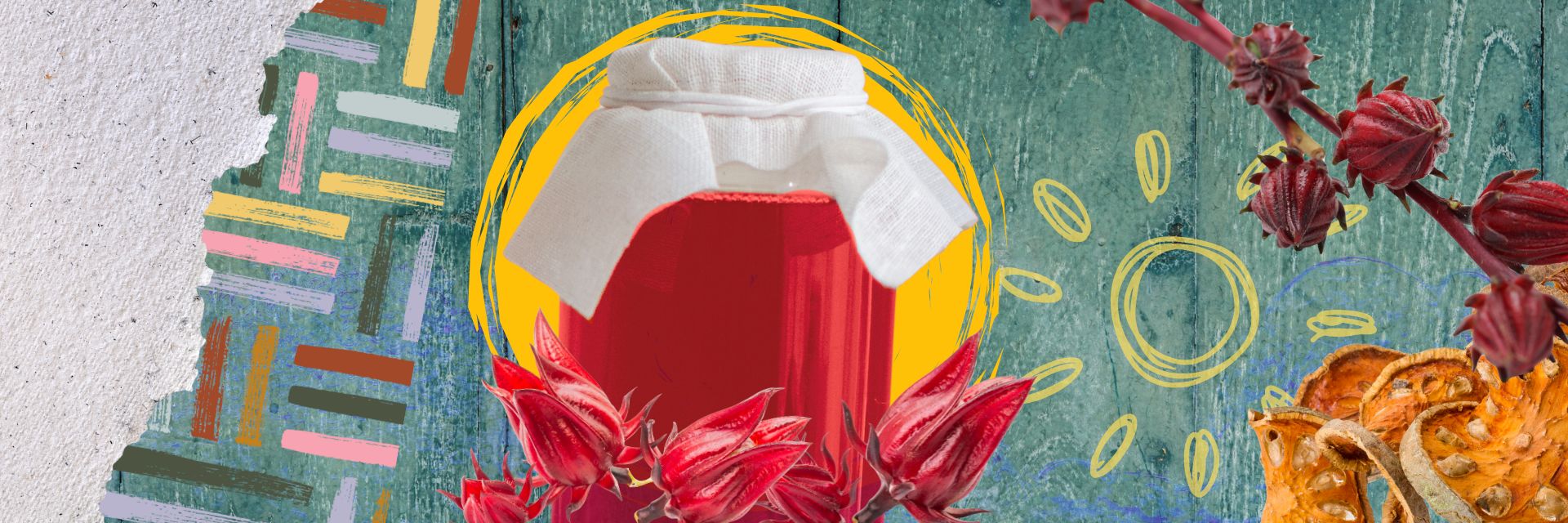 Read more: Fermented Roselle Hibiscus Tea (Zobo Style)
Read more: Fermented Roselle Hibiscus Tea (Zobo Style)“Zobo” is the word in the Hausa language (spoken in Nigeria, Ghana, Cameroon, Benin, Togo, Niger, and Chad) for the edible plant Hibiscus sabdariffa, and the drink made from it.
-
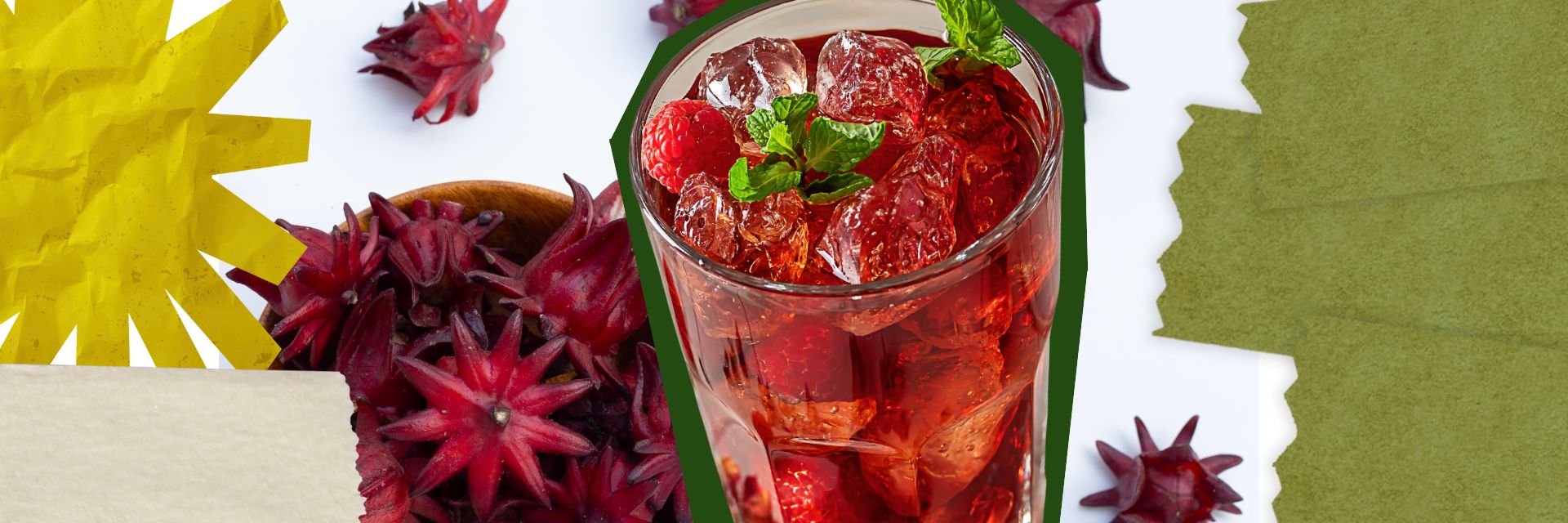 Read more: Roselle Hibiscus Iced Tea
Read more: Roselle Hibiscus Iced TeaHibiscus iced tea has a tart, fruity flavor similar to raspberry or cranberry. It is often sweetened with honey or another sweetener.
-
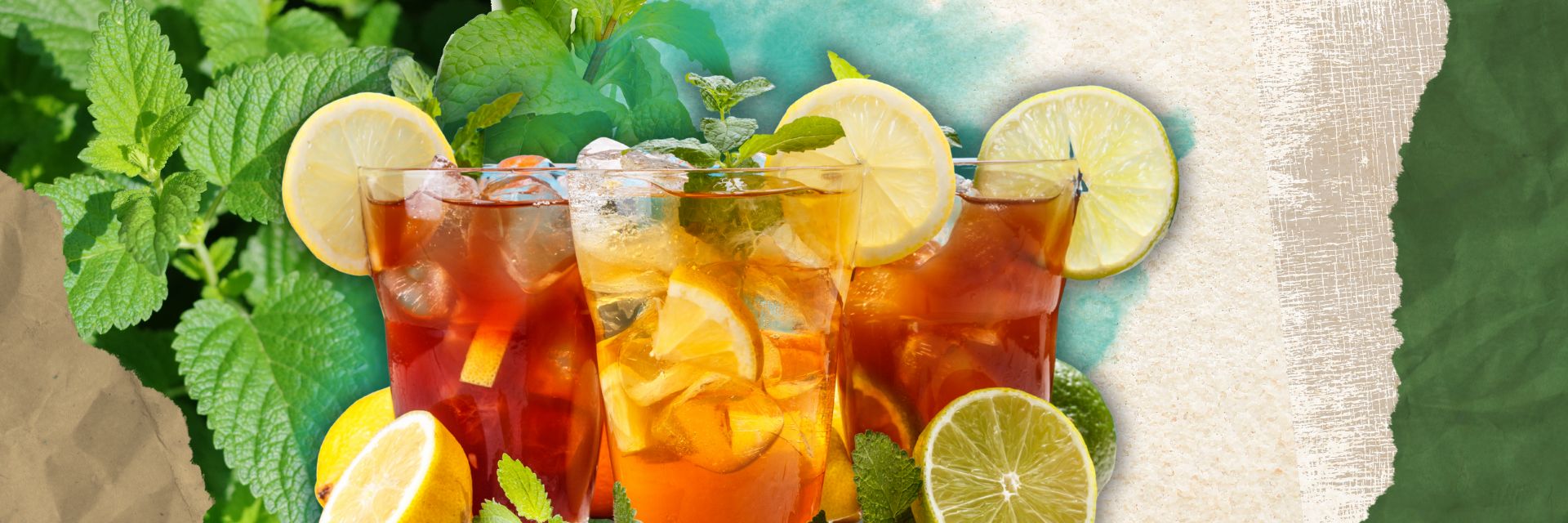 Read more: Mint Iced Tea
Read more: Mint Iced TeaIf you have a prolific plant, mint iced tea is a cool and refreshing drink that you can make all Summer long.
-
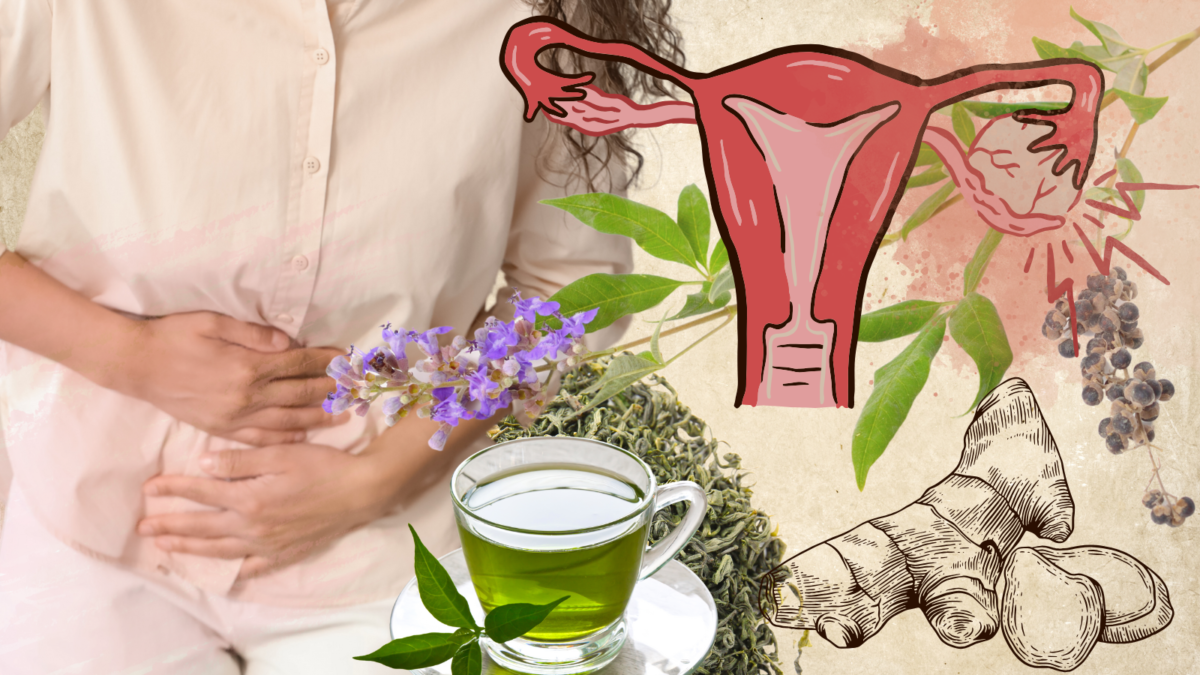 Read more: Polycystic Ovarian Syndrome (PCOS)
Read more: Polycystic Ovarian Syndrome (PCOS)PCOS is the most common endocrine system disorder affecting menstruating individuals. This disorder is often associated with painful periods, fatigue, and weight gain but can present many other symptoms.
-
 Read more: Self-Led Plant ID Walk
Read more: Self-Led Plant ID WalkWeeds and Deeds offers the Tallahassee community this plant guide in recognition of the 10th anniversary of Latino/a/e/x Conservation Week (LCW).
-
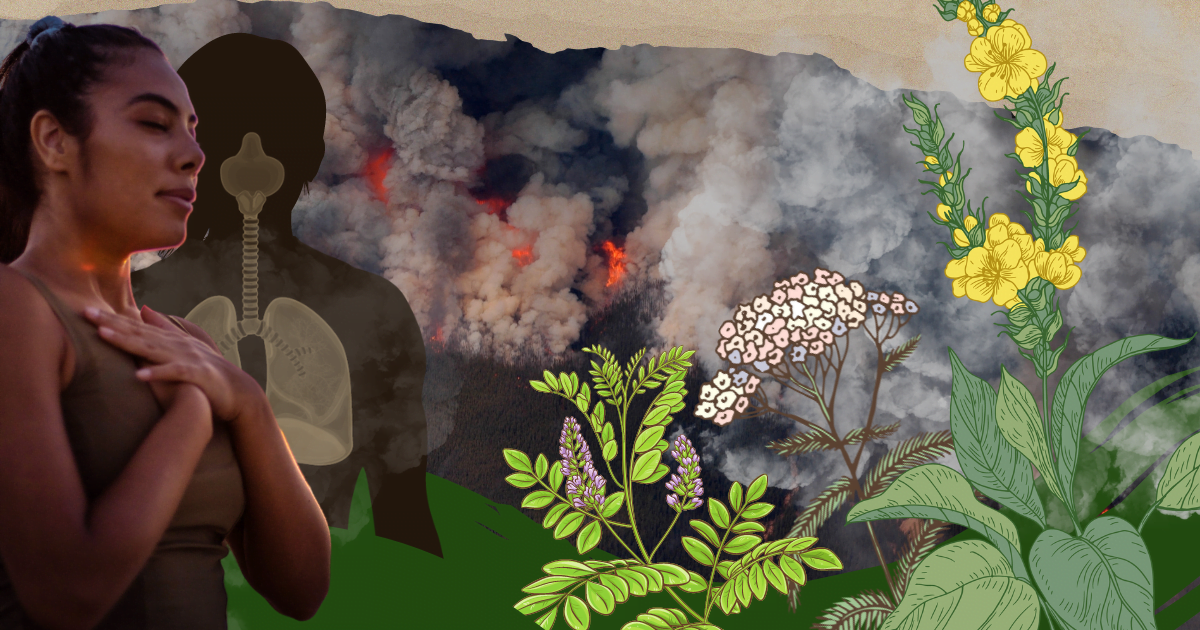 Read more: Respiratory and Lung Soothing Herbs
Read more: Respiratory and Lung Soothing HerbsOur hearts go out to those impacted by Canada’s wildfires in both Canada and the northeast U.S. Times like these I turn to our plant relatives with humble requests that they provide their gifts of medicine to those in need.
-
Read more: Herbal Allies for Sexual Assault Survivors
Herbs can serve as powerful allies in the process of healing from sexual violence. Many of the symptoms of trauma, like anxiety, depression, and sleep disorders, can be minimized by adding herbs to complement your care routine. This zine is based on information from the article “5 Helpful Plants for Survivors of Sexual Violence“ written…
-
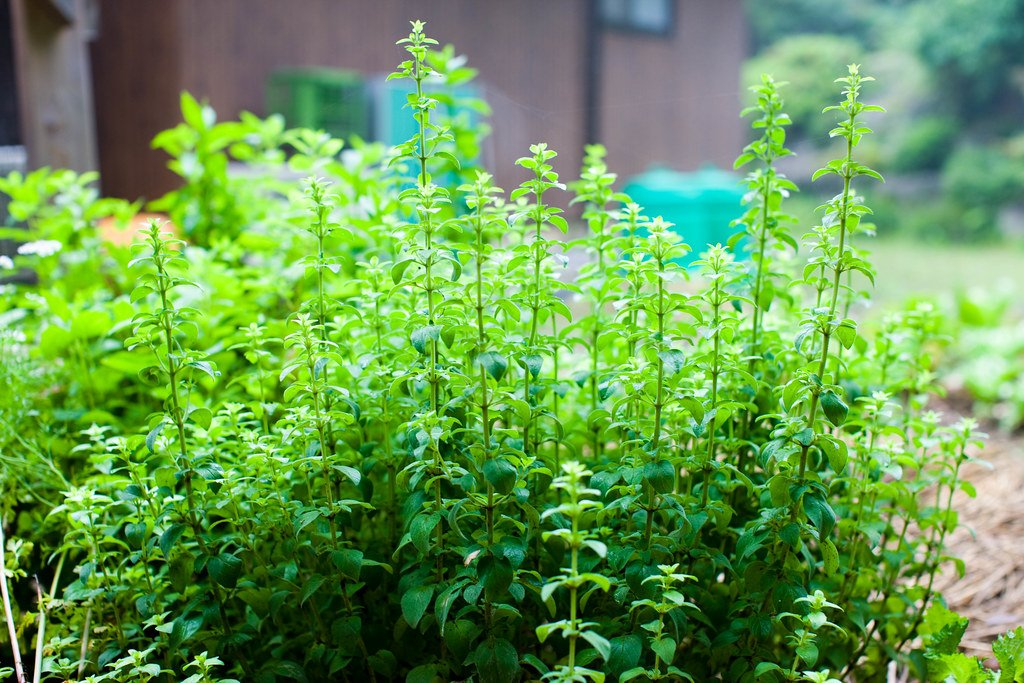 Read more: Oregano
Read more: OreganoScientific name: Origanum vulgare In traditional medicine, oregano has been used for respiratory conditions (i.e. asthma, bronchitis, cough), gastrointestinal (i.e. diarrhea, indigestions, stomachache), anti-bacterial, anti-inflammatory, menstrual disorders, and diabetes.1 Sources[+] Sources ↑1 Veenstra JP, Johnson JJ. Oregano (Origanum vulgare) extract for food preservation and improvement in gastrointestinal health. Int J Nutr. 2019;3(4):43-52. doi: 10.14302/issn.2379-7835.ijn-19-2703. Epub…
-
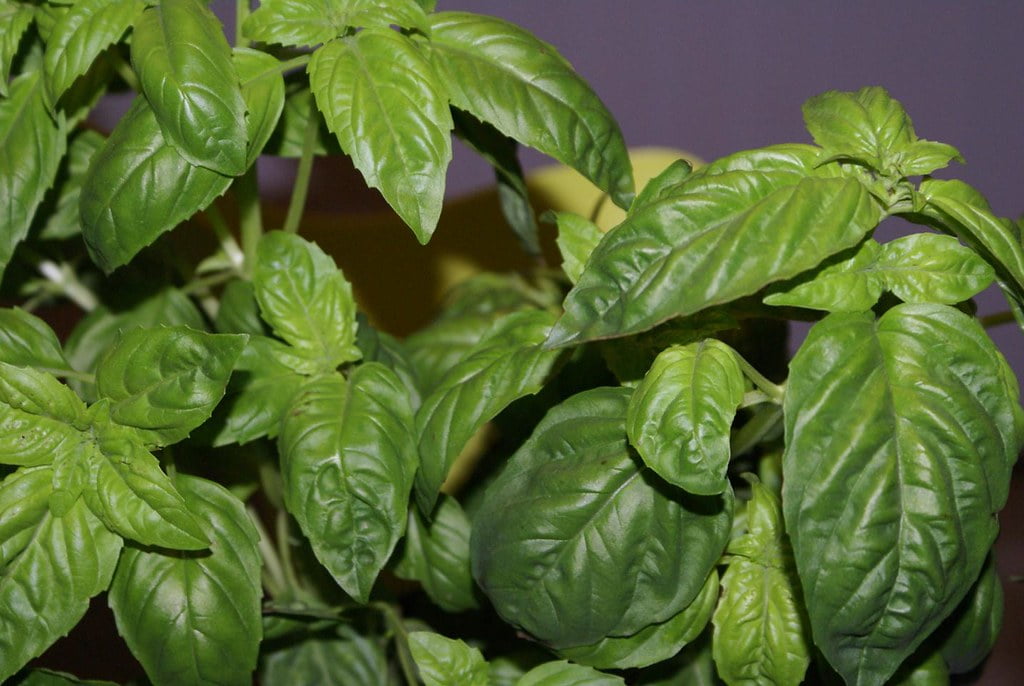 Read more: Basil
Read more: BasilScientific name: Ocimum basilicum Other common names: Sweet basil Ocimum basilicum L. (Lamiaceae) commonly known as sweet basil, has been used as a traditional medicinal plant for the treatment of headaches, coughs, diarrhea, constipation, warts, worms, and kidney malfunctions.1 Sources[+] Sources ↑1 Joshi RK. Chemical composition and antimicrobial activity of the essential oil of Ocimum basilicum…
-
Read more: Kidney Stone Breaker Tincture
This tincture contains herbs traditionally used to help break up and pass kidney stones. Chamber bitter has been shown to inhibit the formation of the calcium oxalate crystals that make up most kidney stones. Both goldenrod and dandelion are anti-inflammatory diuretics – helping to “flush out” kidney stones and reduce irritation of the urinary tract.…
-
 Read more: Té Corazón Lastimado (Wounded Heart Tea)
Read more: Té Corazón Lastimado (Wounded Heart Tea)Poniendo a Tierra el Dolor Con la Verdad La semana pasada recibimos la noticia devastadora de que une queride miembre de nuestra comunidad fue disparade por la policía en el condado de DeKalb de Atlanta, Georgia, mientras defendía el bosque Weelaunee de destrucción. Se devastarán ochenta y cinco (85) hectáreas de tierra ocupada por colonos,…
-
 Read more: Hibiscus
Read more: HibiscusPlants in the Hibiscus family, including Roselle Hibiscus and Cranberry Hibiscus, have anti-inflammatory properties and help lower blood pressure.1 Preparations Hibiscus Glycerite Hibiscus is infused into glycerite sugar. Take 1 teaspoon up to three times a day regularly. Can be taken directly, mixed with water, or as a sweetener in tea. Sources[+] Sources ↑1 Diane…
-
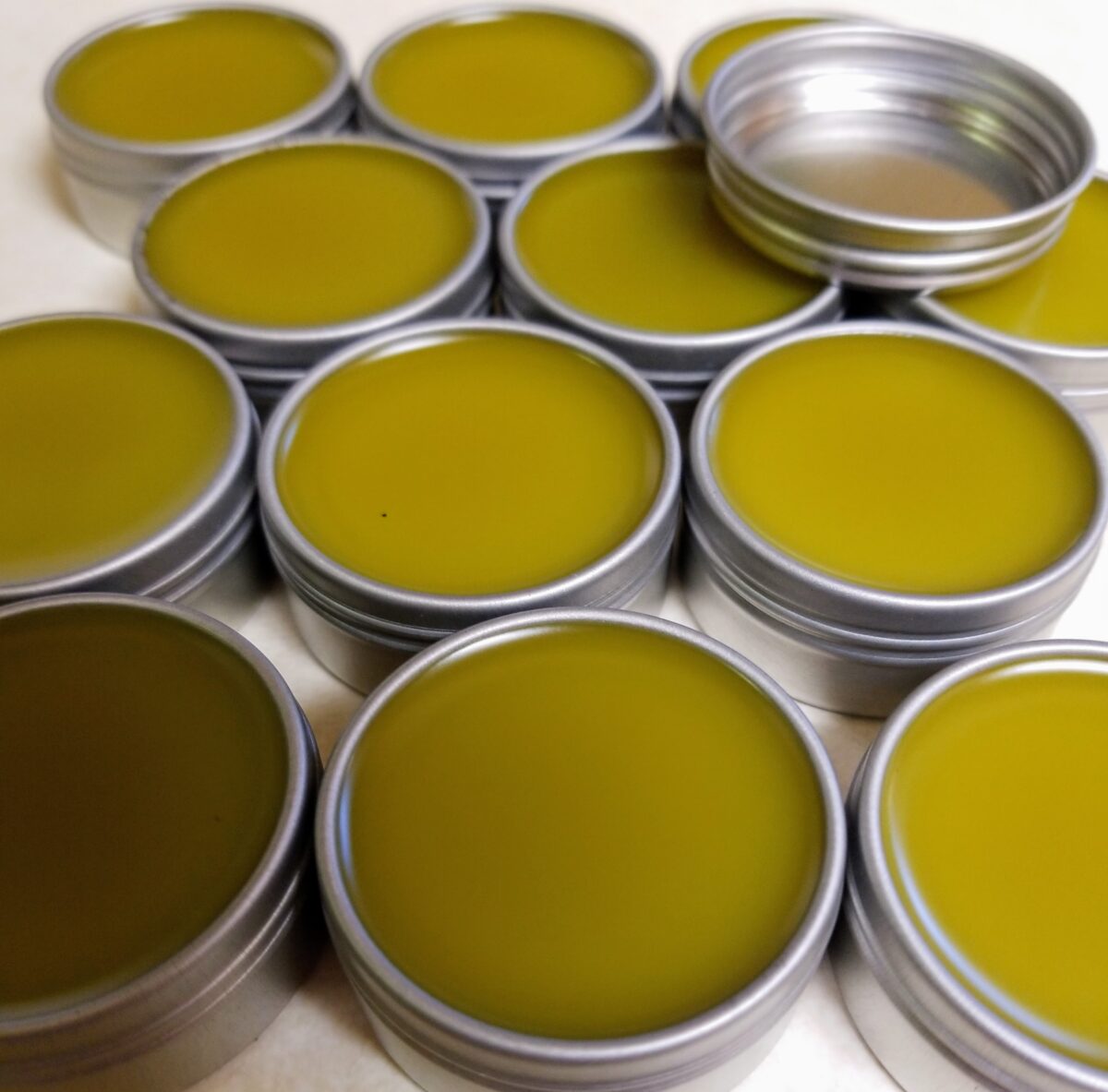 Read more: All-Purpose Healing Salve
Read more: All-Purpose Healing SalveThis is an all-purpose salve. Great for chapped hands, lips, minor burns, cuts, bruises, bites, and skin rashes. The recipe varies from batch to batch depending on the herbs in season. Instructions For skin issues, rub a small amount of salve on the affected area of the skin 1-3 times a day. For cuts, apply…
-
Read more: Tulsi & Lemon Balm
This combination of herbs is a great mood-boosting combination to stave off anxiety. Studies have found that Tulsi is a powerful adaptogen with anti-depressant and anti-anxiety properties comparable to some conventional medications. The herb relieves anxiety, improves sleep, and reduces mood swings. 1 Lemon balm is also shown to be effecting at improving anxiety and depression.2…
-
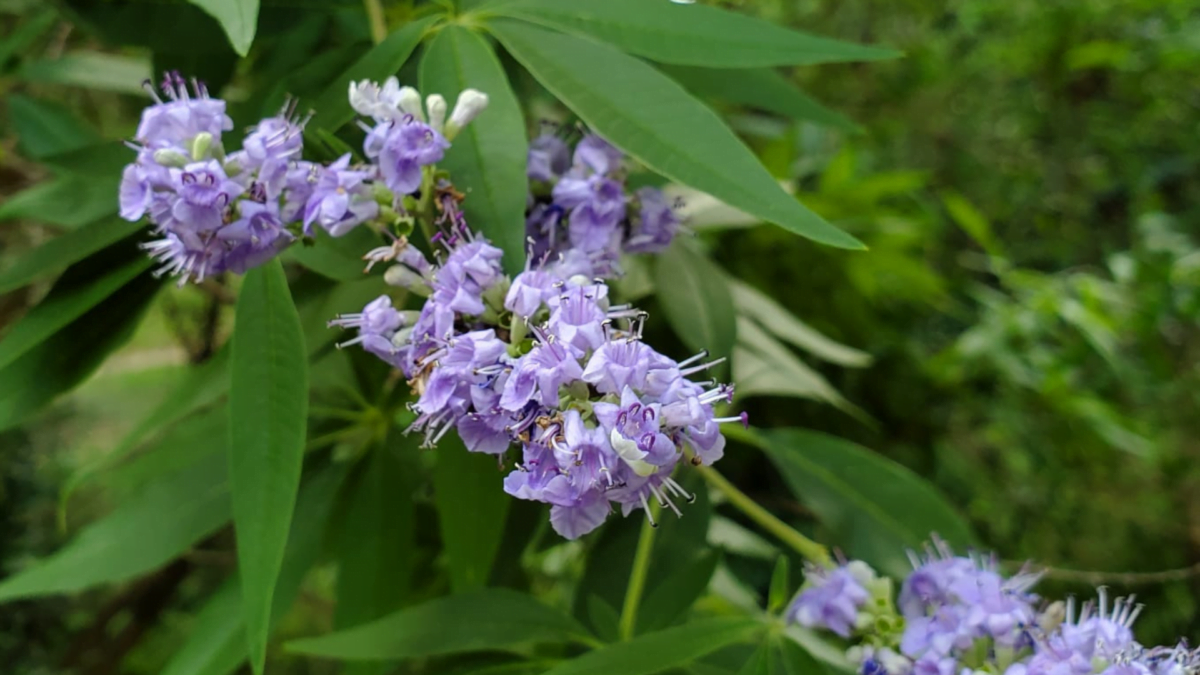 Read more: Chasteberry Tree
Read more: Chasteberry TreeThe berries of this plant have a long history of use for reproductive health.
-
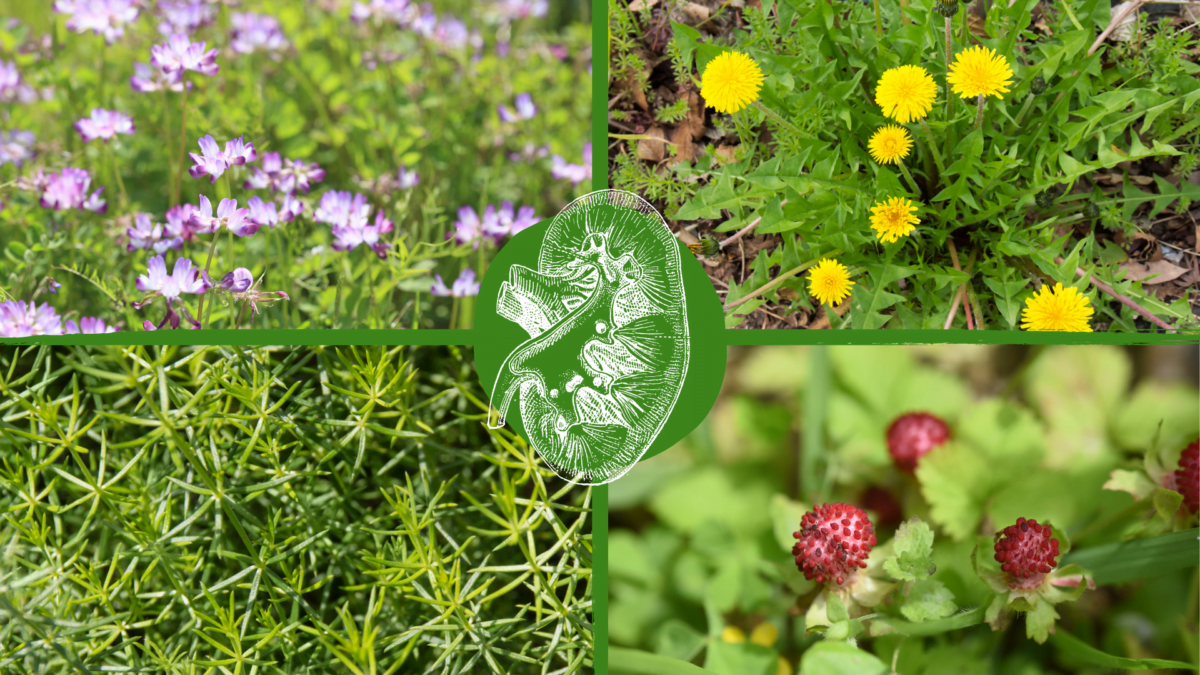 Read more: Herbal Allies for Kidney Disease
Read more: Herbal Allies for Kidney DiseaseKidney disease is a gradual loss of kidney function. The kidneys’ main job is to filter waste and excess fluids from the bloodstream, which are then removed through pee (urine). Advanced chronic kidney disease can cause dangerous levels of fluid, electrolytes, and wastes to build up in the body. The early stages of kidney disease…
-
Read more: Immunomodulatory
Herbal Action: Immunomodulatory Agents or substances that cause changes in the body’s immune system, either activating or suppressing its function. Immunomodulatory Plants
-
Read more: Febrifuge
Herbal Action: Febrifuge A substance that reduces fever. Febrifuge Plants
-
Read more: Diuretic
Herbal Action: Diuretic A substance that increases the flow of urine. Diuretics promote the removal of excess water, salts, poisons, and accumulated metabolic products, such as urea. They serve to rid the body of excess fluid (edema) that accumulates in the tissues owing to various disease states. Diuretic Plants
-
Read more: Depurative
Herbal Action: Depurative Depuratives are herbs that are considered to have purifying and detoxifying effects. Depurative Plants
-
Read more: Demulcent
Herbal Action: Demulcent A substance that relieves irritation of the mucous membranes in the mouth by forming a protective film. Demulcent Plants
-
Read more: Antispasmodic
Herbal Action: Antispasmodic The property that makes a substance or compound antimicrobial when applied to living tissue/skin to reduce the possibility of infection, sepsis (life-threatening illness caused by your body’s response to an infection), or putrefaction (the process of decay or rotting in a body or other organic matter). Antispasmodic Plants
-
Read more: Antiseptic
Herbal Action: Antiseptic The property that makes a substance or compound antimicrobial when applied to living tissue/skin to reduce the possibility of infection, sepsis (life-threatening illness caused by your body’s response to an infection), or putrefaction (the process of decay or rotting in a body or other organic matter). Antiseptic Plants
-
Read more: Anti-inflammatory
Herbal Action: Anti-Inflammatory These are plants and treatments that reduce inflammation or swelling. Inflammation is part of the body’s immune system response to irritants like bacteria, physical stress, or allergens. It’s intended to protect the body and eliminate whatever’s causing cell injury, clear out dead cells and damaged tissue, and begin repairing the injury.1 Reducing…
-
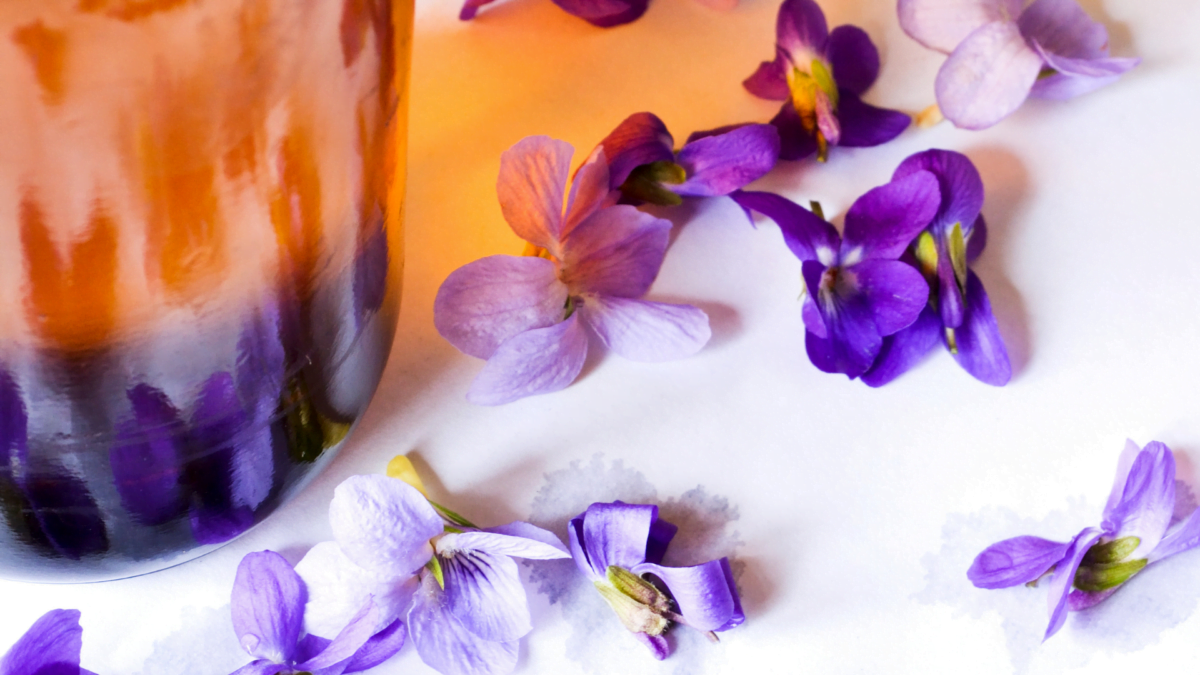 Read more: Violet Syrup and Alternatives
Read more: Violet Syrup and AlternativesViolet syrup is a gentle and tasty way to prepare the herb for medicinal and culinary use. For children, a syrup made from violet flowers is a gentle and sweet-tasting way to relieve a cough or sore throat, or as a mild laxative. The syrup can also be used to sweeten and flavor tea, coffee,…
-
 Read more: Violet
Read more: VioletThese small shade-loving plants cover our forest floors in spring and autumn. One of the first flowers of the season, violets have a lot to offer pollinators. As a medicinal herb used for thousands of years, they have a lot to offer us too.

